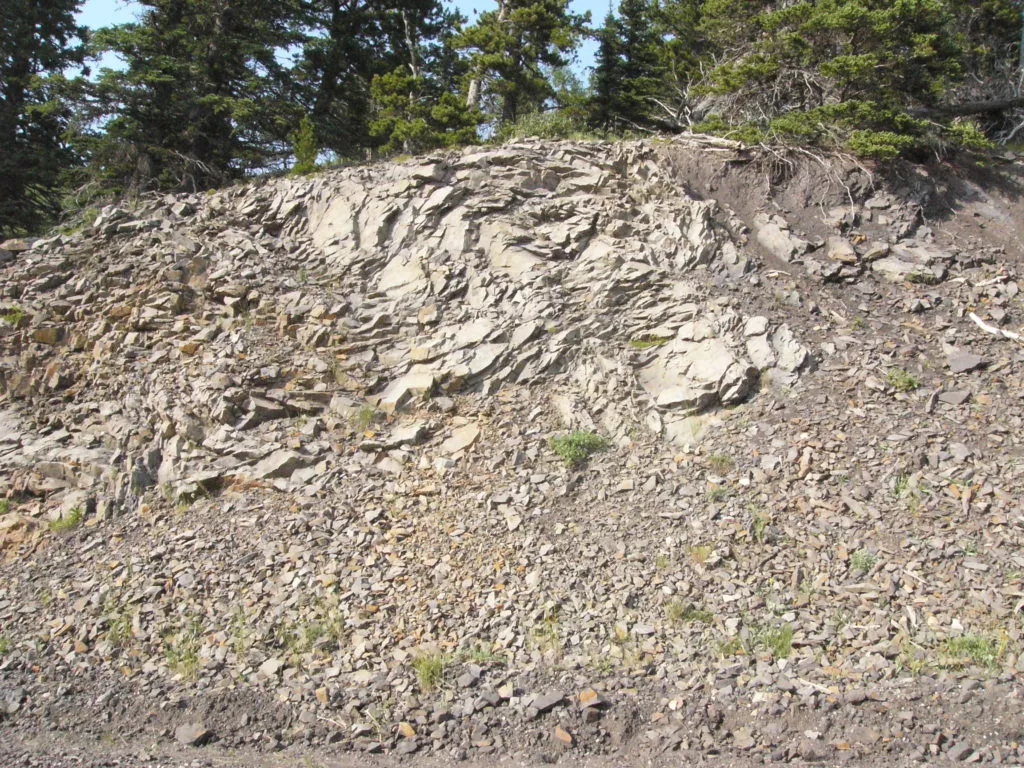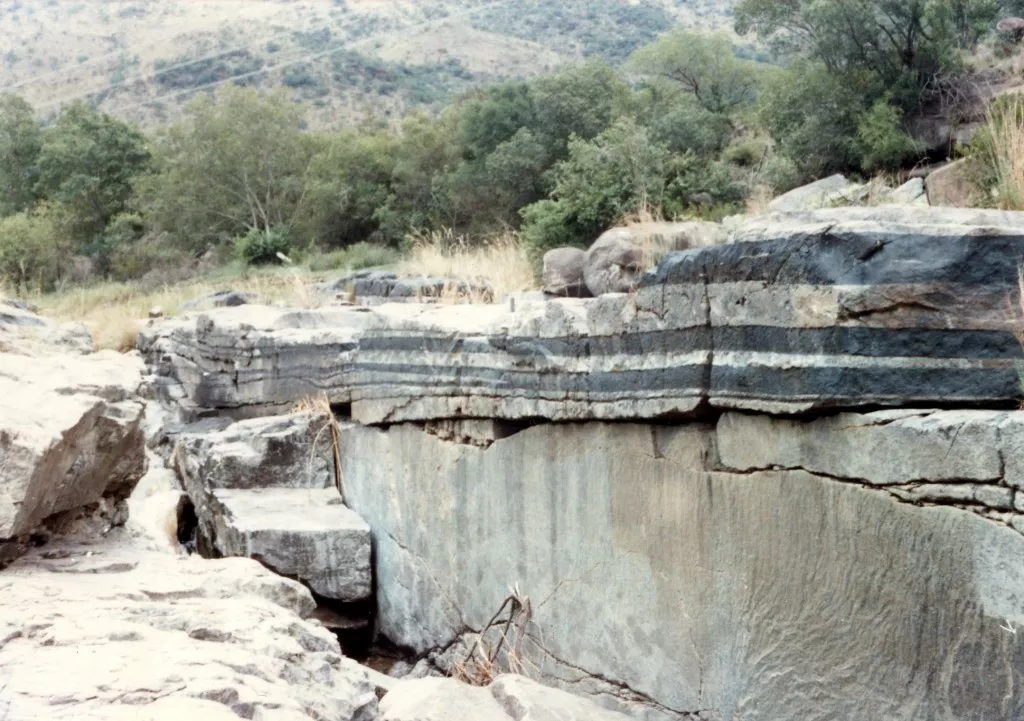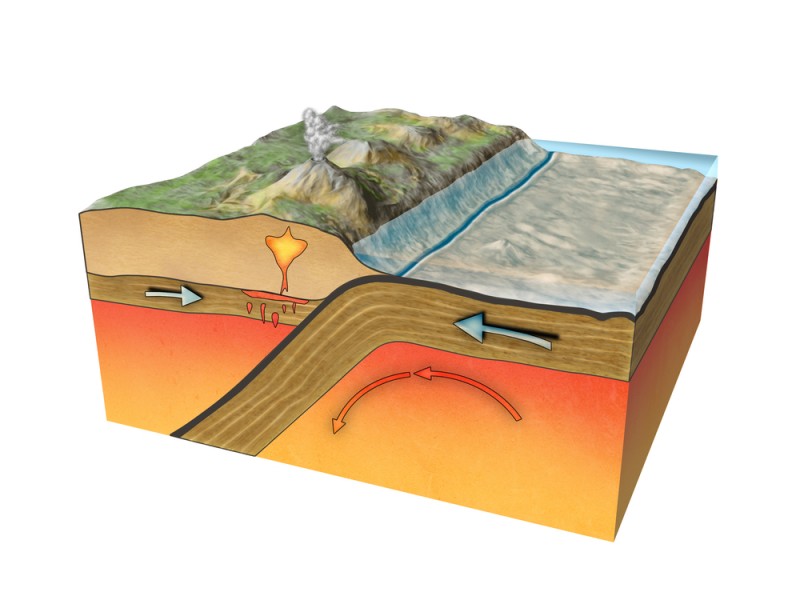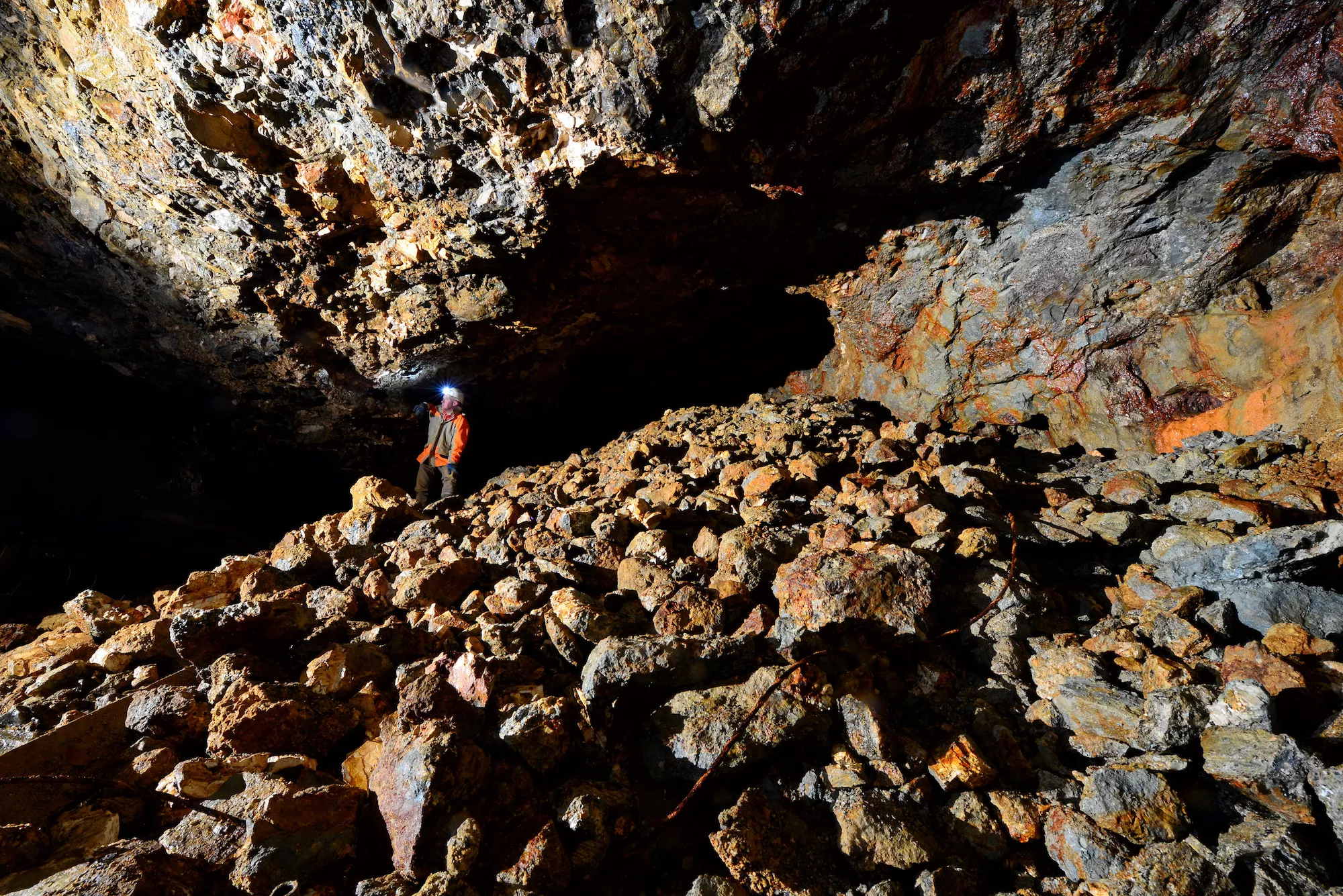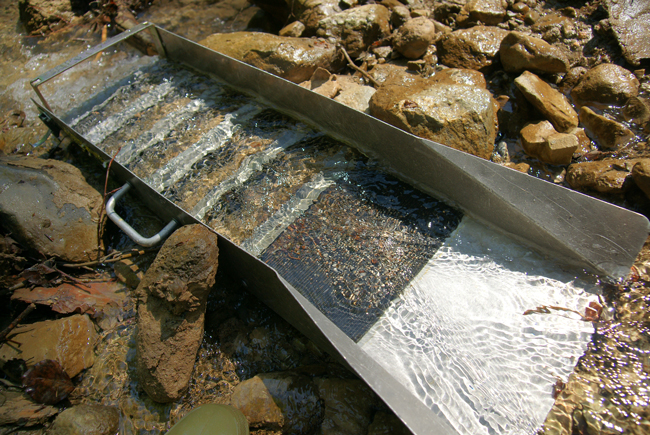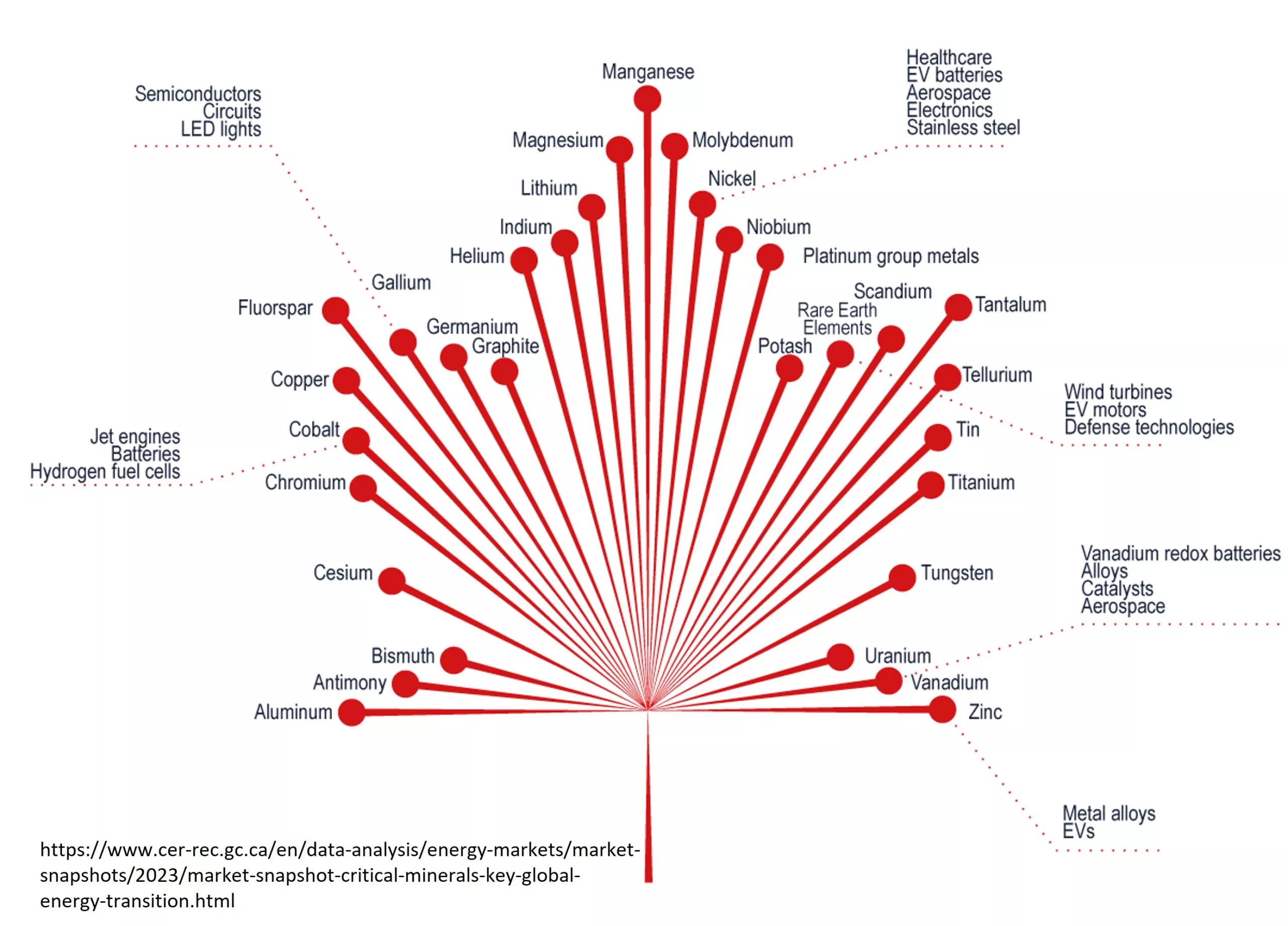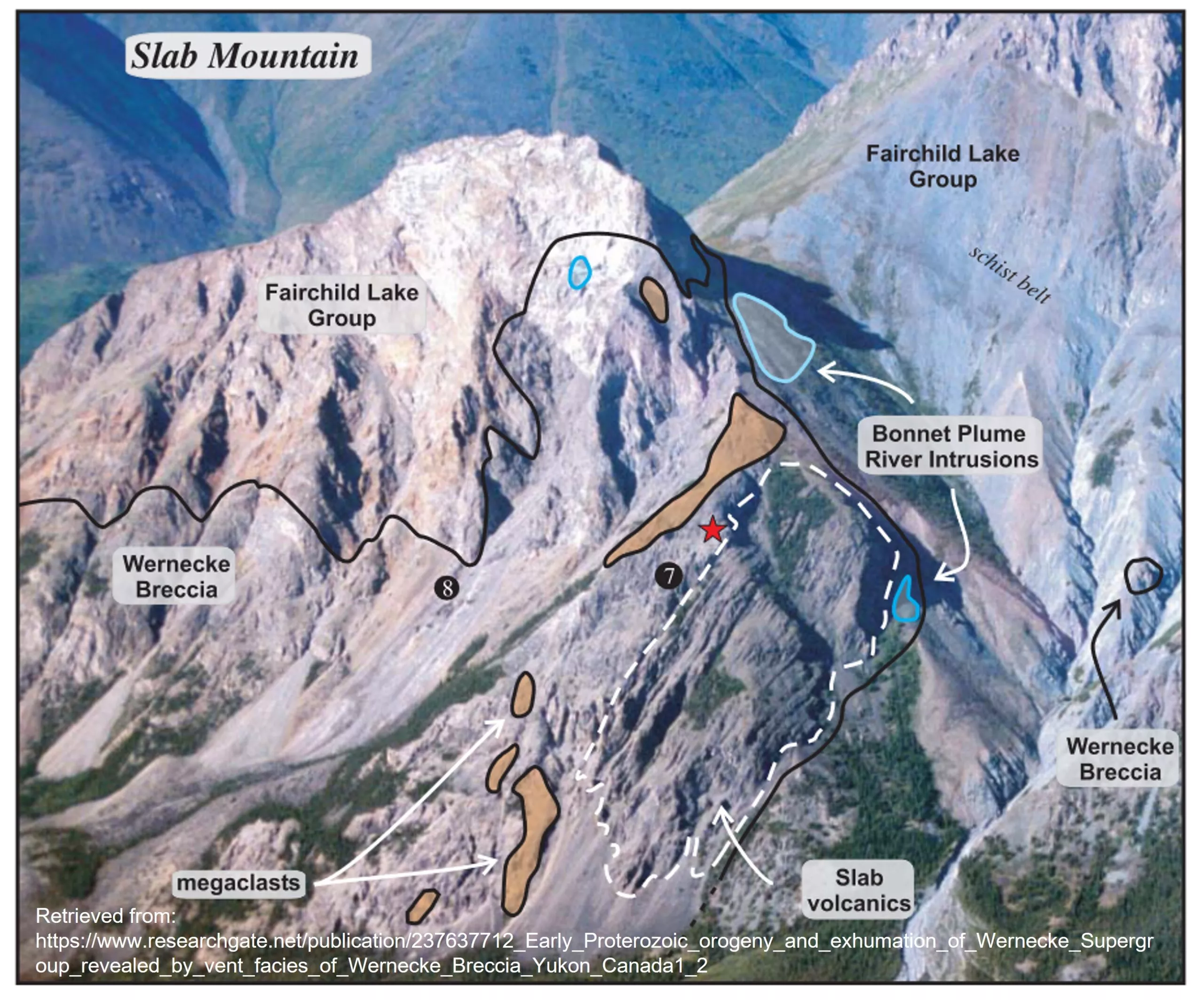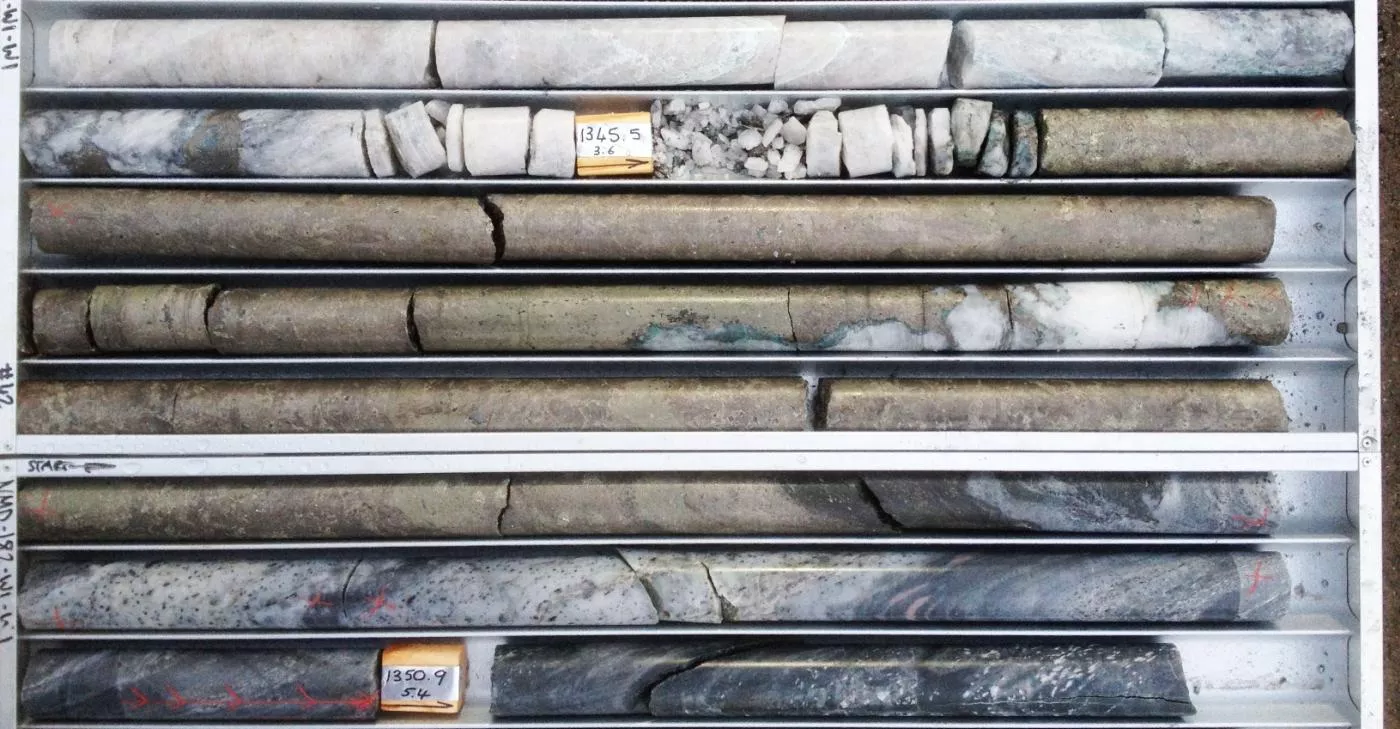It seems the farther we get in life the more we realize that we can’t escape those lessons we learned in elementary school. Sometimes a refresher is required and this is most often the case when it comes to math. This simple bit of geometry may help you determine whether a company has actually found something of value or is simply trying to hide poor results in technical jargon. At the very least it will help you determine the current level of confidence in project drill results.
When it comes to drill results, difference between apparent and true thickness can be the difference between a serious prospect and a lot of arm waving. It should be noted that thickness is also often reported as “width”. These are the same thing.
Let’s begin with a brief explanation and then follow that up with some real life examples. The ultimate goal of a drill program is to intersect mineral resources below the Earth’s surface. Drill holes are not always drilled vertically. In actuality they are often drilled at angles to best intersect their target. Combine this with that fact that mineral deposits come in all shapes, sizes and orientations and you have a recipe for skewed drill results.
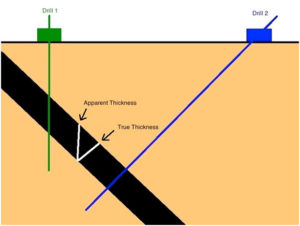
In the diagram to the right there are two diamond drill holes that intersect the same feature below the Earth’s surface. The feature can be anything, a coal seam, a gold vein or any number of things, because for our purposes it doesn’t matter. Drill 1 is drilling vertically (straight down) while drill 2 is drilling at an angle relative to the Earth’s surface. They both intersect the same feature, however drill 1 will intersect a larger interval of this feature than drill 2 will. In geology, the thickness of the feature observed by drill 1 is called an apparent thickness, because it varies from the true thickness of the feature. An apparent thickness will give the illusion that a larger amount of the resource has been found than is actually present. That is why for resource estimates only true thickness is used.
For example, let’s say the feature in figure 1 is a gold vein. Drill 1 may have an intersection of 5 g/t of gold over 25 metres, while drill 2 has an intersection of 5 g/t over 17 metres. The grade, which is often reported as grams of gold per tonne of rock (g/t), doesn’t change – only the length of the interval changes. Obviously drill 1 has better-looking results, but the key is that drill 1 is reporting an apparent thickness and drill 2 is reporting the true thickness.
The true thickness of the intersection in drill 1 must be calculated using a bit of algebra (Remember SOHCAHTOA?) and it will inevitably be the same as the results from drill 2. The geologist uses the apparent thickness of the drill intercept and the angle between the drill and the target zone in order to make this calculation. The is angle can be determined a few different ways. In many cases it can be measured right from the drill core. This is possible where there is a sharp transition between the target zone and the surrounding rock. In other cases, the distance between a surface outcrop of the target rock and the drill might can be used to calculate the angle of the drill intercept.
It is important to know exactly what a company is reporting when they release drill results. Generally companies will either report “true width” or add a note below the results disclosing that the information provided is not a true thickness (or width). You can bet that if a report does not label an interval as a true thickness then it is NOT a true thickness. A quick search of drill results for mining companies reveals that different companies have different ways of reporting their findings. Here are three examples:
[box type=”note” align=”aligncenter” ]
Actual Published Drill Results
6.18 g/t over 22 metres true width
7.35 g/t over 24 metres
7.05 g/t over 25 metres*
[/box]
The company with the asterisk added a note that stated “Drill intercept lengths only are reported in the tabulations; it is estimated that true width will be approximately 80% of the reported drill intercept length.” This means that the last intercept is actually 25 m x 0.80 (80%), which is equal to 20 metres. It also means that the the 80% is the geologist’s best guess based on available data and not a bankable number. This potentially makes it the least impressive of the three findings, but more importantly, it helps the reader gauge the company’s level of confidence in the published result.
The second company didn’t report whether the number was an apparent or true width. While it’s possible that this information was left out in order to make the results seem more impressive, it may also be that the true thickness is unknown. Either way, the reported result by itself is poor evidence of the true resource.
For even the casual resource and mining company investor, a basic understanding of drilling intercepts and reported results is a necessity. In this case, differentiating apparent and true results can help one quickly assess the value of a published drill result.
Subscribe for Email Updates

